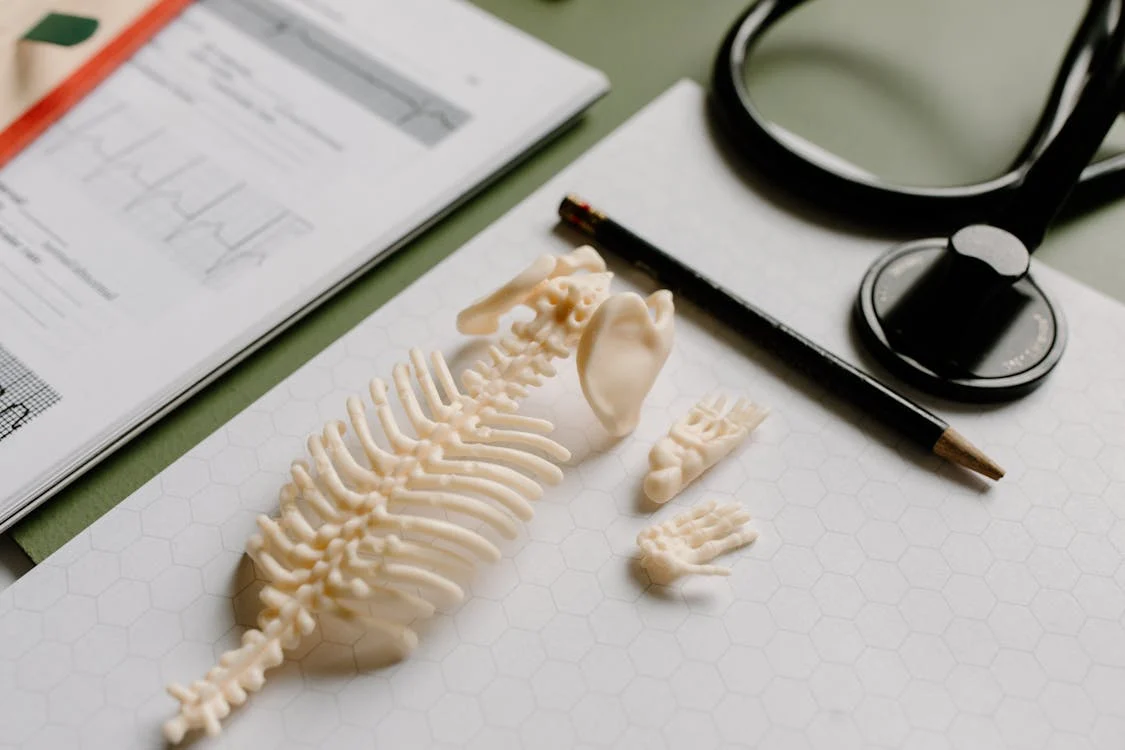0SSC04Z is a surgical procedure that involves repositioning the right knee joint using an internal fixation device through an open approach. This technique is commonly used to treat fractures or other injuries to the knee that require stabilization with hardware.
Table of Contents:
- 🔎 Clinical Indication
- 📋 Preparation
- 📖 Methodology
- 🩹 Recovery
- 🚨 Complexity & Risk
- 🔀 Similar Procedures
🔎 Clinical Indication
Repositioning the right knee joint with an internal fixation device using an open approach may be necessary in cases where there is a severe fracture or dislocation of the knee. This procedure is typically performed to realign the bones, stabilize the joint, and promote proper healing.
By using an internal fixation device during the repositioning process, the surgeon is able to secure the bones in the correct position to ensure proper alignment and stability. This can help reduce pain, restore function, and improve the overall outcomes for the patient.
Overall, repositioning the right knee joint with an internal fixation device through an open approach is a common surgical procedure that is performed to address significant damage or misalignment of the knee joint. This method is often chosen to effectively treat complex fractures or dislocations and facilitate the patient’s recovery.
📋 Preparation
In preparation for OSSC04Z, the surgeon will conduct a thorough physical examination of the patient to assess the condition of the right knee joint. This may include imaging tests such as X-rays or MRI scans to determine the extent of the injury.
The patient will also undergo blood tests and other pre-operative assessments to ensure they are in good health for the procedure. The surgical team will review the patient’s medical history and any medications they are taking to ensure a safe surgery.
Additionally, the operating room will be prepared with all necessary instruments and equipment for the repositioning of the right knee joint with an internal fixation device. This includes sterilizing all tools and setting up a sterile field to minimize the risk of infection during the procedure.
📖 Methodology
During 0SSC04Z, the surgeon repositions the right knee joint using an internal fixation device. This procedure is done through an open approach, allowing the surgeon to access the joint and securely fixate it in place.
The internal fixation device may consist of screws, rods, or plates placed within the knee joint to stabilize the bones. This helps promote proper healing and alignment of the joint for improved function and mobility.
Overall, 0SSC04Z aims to restore stability and function to the right knee joint through the use of an internal fixation device placed during an open surgical approach. This procedure can help patients regain mobility and alleviate pain associated with knee joint issues.
🩹 Recovery
After undergoing SSC04Z, the patient will typically experience swelling and pain around the surgical site. It is important for patients to follow their surgeon’s instructions for pain management and to keep the knee elevated to reduce swelling.
Physical therapy is an important part of the recovery process after SSC04Z. This will help the patient regain strength and range of motion in the knee joint. Patients may also be advised to use crutches or a knee brace to support the joint as it heals.
It is common for patients to gradually increase their activity level as they recover from SSC04Z. However, it is important to avoid high-impact activities or putting too much weight on the knee too soon. Patients should follow up with their surgeon regularly to monitor their progress and address any concerns.
🚨 Complexity & Risk
Performing 0SSC04Z, also known as Reposition Right Knee Joint with Internal Fixation Device, Open Approach, is a complex procedure involving realigning the knee joint and securing it with a fixation device. This surgery requires precision to correctly place the device and ensure the joint heals properly.
However, there are potential risks to patients undergoing this procedure. Complications such as infection, blood clots, nerve damage, and improper healing of the joint can occur. Patients should be aware of these risks and discuss them with their healthcare provider before deciding to proceed with the surgery.
🔀 Similar Procedures
Another medical procedure that is similar to 0SSC04Z is a total knee replacement surgery, also known as arthroplasty. This procedure involves removing damaged cartilage and bone from the knee joint and replacing it with artificial components.
Just like in 0SSC04Z, total knee replacement surgery aims to restore function and alleviate pain in the knee joint. It is often recommended for patients with severe arthritis or joint damage that cannot be effectively treated with non-surgical methods.
During a total knee replacement surgery, a prosthetic device is implanted to replace the damaged joint surfaces. This device allows for improved range of motion and stability in the knee, similar to the internal fixation device used in 0SSC04Z.

